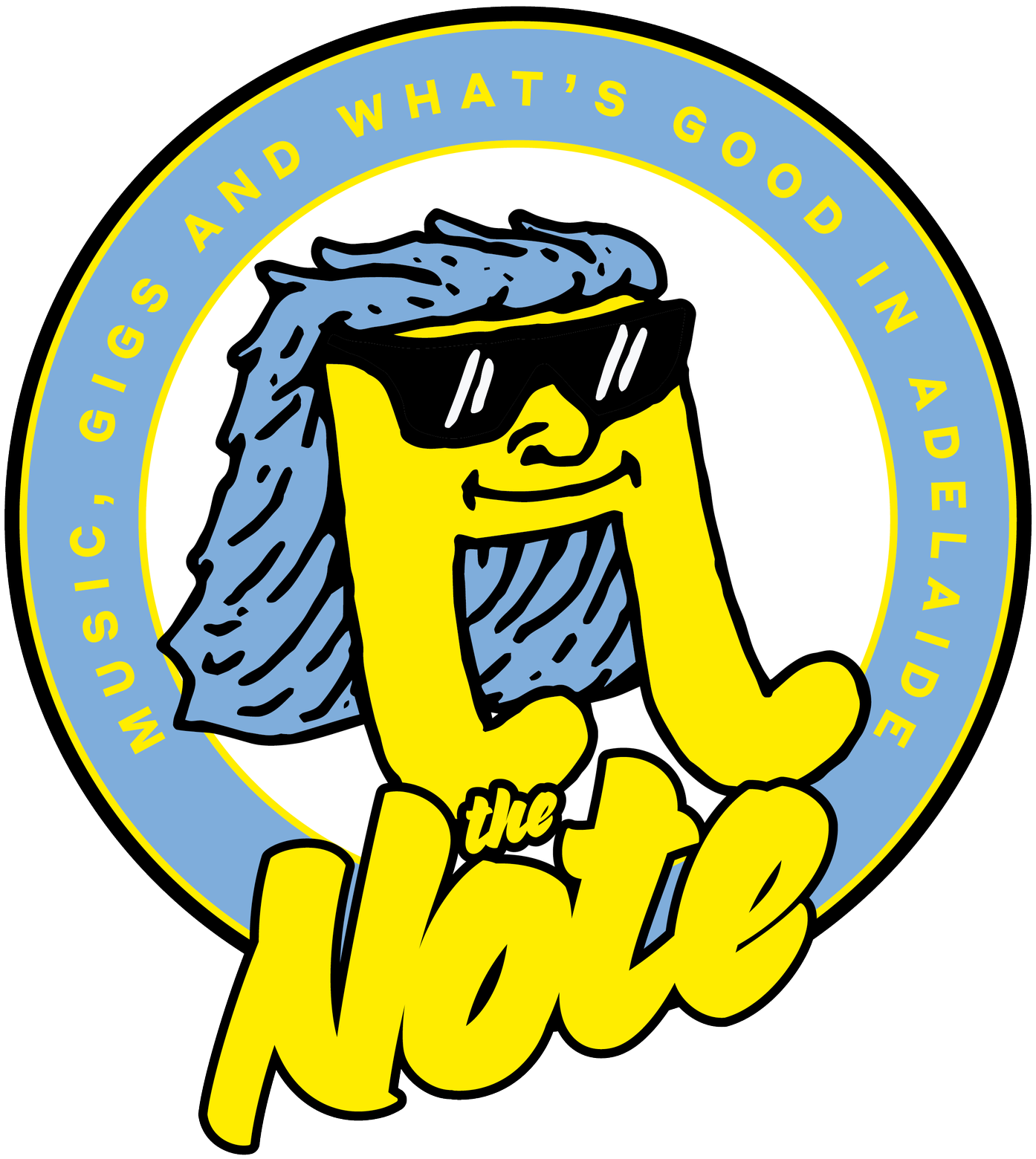How Rip It Up Came To be
Founder Margie Budich looks back at the early days of Rip It Up — how it started, how it worked and how it became Adelaide’s go-to street press publication for all things music…
The first-ever issue of Rip It Up landed on February 8, 1989. It was a 16-page, A4, black-and-white, fold-out mag that featured US band R.E.M on the front ahead of the outfit’s Thebarton Theatre show for their hit album, Green. On the back was an advert for The Proclaimers’ Sunshine on Leith album.
Inside featured an article about B.B. King and an interview with local band Lizard Train, along with a tongue-in-cheek news piece about Madonna’s now-platinum single, ‘Like a Prayer’, and Adelaide’s first-ever weekly gig guide on page eight. There were 113 shows listed, including The Mark of Cain at the New Century, a R.E.M and Go-Betweens Double Bill at the Thebby, Exploding White Mice at the Exeter Hotel and Noiseworks at Apollo Stadium.
It was a zippy read from front to back and an informed one at that. But little did founder Margie Budich know she’d created what would become Adelaide’s most iconic and longest-running street press entertainment magazine to date.
During its 27-year run, Rip It Up printed 1286 issues. It had covers stars like Iggy Pop, INXS, and Queens of the Stone Age. And it helped launch the careers of many musicians, including global sensation Sia and hip-hop pioneers, Hilltop Hoods.
“[Rip It Up] was work hard, play hard,” says Margie. “But there was a bit of luck and silliness at the same time. The ’80s and ’90s were crazy, especially for music. [And] If you could make it in Adelaide, you could make it anywhere.”
Margie was in her mid-twenties when she and her then-partner, Ian Fraser, launched Rip It Up. Before that, the physical-education-graduate-turned-advertiser used to onboard venues to a ‘nightclub card’ – a membership that discounted entry to popular places throughout Adelaide. It was through these conversations with publicans that she discovered a gap in the city’s media scene: there was no direct source telling teenagers and young adults where to go in Adelaide for their fix of music.
“That’s where Network magazine started,” says Margie. “It was a monthly magazine. Myself and Ian put $5 in a bank account, bought a typewriter that extended type and learnt how to do photos and bromides.
“Network was how we cut our teeth and how we learnt to put magazines together. Then, we worked out [the publication] had to be weekly – venues didn’t know who they had playing each week. So, we decided to do Rip It Up.”
Australia’s music scene and its accompanying street press were at their peak in the late ’80s. Mags like Inpress and On The Street had become the cultural bible for the Melbourne and Sydney scenes. Rip It Up was Adelaide’s answer and it was an instant success. “Street press... was a phenomenon,” says Margie. “It was huge, really huge. And very powerful – especially in Adelaide.”
On air, SAFM was also breaking ground. A synergy between who would play on the 107.1 station and what would print in Rip It Up soon formed. “They were leading the charge in launching singles and we would follow it up with front covers on the same day,” says Margie. “Together, we launched a lot of #1 songs around Australia.
“You’d have [Michael] Gudinski [Mushroom Records founder] and others coming over for lunches because they wanted front covers, they wanted SAFM. And because the record companies were so organised, we got to do interviews with all the superstar bands of the time. INXS, Midnight Oil – you had access to all those people. It was unlimited. We were so incredibly lucky.”
Turns out the magazine was being read by people in the industry, too.
Margie recalls the time the late Robert Dunstan – Rip It Up’s editor for 12 years – had written a piece on Malcolm McLaren. Only, the interview was so long the team decided to split it across two issues. “U2 was playing Football Park,” she says. “Before the show, we were out the back doing something or other. Bono came in and sat next to me and said, ‘Where’s my Malcolm McLaren article? Where’s the other half?’ U2 were only there for one or two nights, so we had to go get the article printed to give to them!
“[Artists] would come in and do interviews on our balcony. You wouldn’t get that now. It was just the way it was. We weren’t screaming fans, we were just part of the furniture.”
But the glitz and glamour of the music industry wasn’t without some grind. The earliest editions of Rip It Up were printed before working on computers were the norm. “We’d be up all night, stretching the type and putting it in. We used to send copy off and it’d come back in galleys – these long strings – and you’d cut it up and paste it to fit. When I think about it now, we were mad!”
Even when computers revolutionised the business of compiling magazines, there was always a weekly deadline looming. “We were a tiny company on Angas Street, a really small team,” Margie explains. “Wednesday night, we’d all be there, checking everything, because it was all by hand.”
Regardless, every Thursday afternoon there’d be stacks of 40 or 50-page magazines bound together and ready to be delivered to venues in Adelaide’s most popular postcodes. It was a machine. And one that lifted the local scene with its success.
Sia Furler was the frontwoman of acid jazz band Crisp before she embarked on her solo career in ’97. Old editions of Rip It Up chronicle her journey from playing in “Adelaide’s finest… jazz explosion” in ’95 to eventual ARIA wins and global domination.
“She was as crazy then as she is now,” Margie recalls. “She was a young girl who wanted to take on the world.
“A lot of the local artists, [we] knew as friends. They were just everyday normal kids. They thought we were cool because of what we did. Rip It Up was very organic with all of that because, you know, people like Robert don’t come along every day. He just loved the music industry. He lived and breathed it.”
Alongside Rip It Up, Margie also published a fortnightly dance music magazine called Onion and a quarterly fashion print, Attitude. But the team behind the original weekly music rag were nothing if not nimble. They started reviewing films and interviewing directors when the movie industry boomed and they were there when the Fringe became a cultural institution. Over time, Rip It Up evolved into an encyclopedia for all things entertainment in Adelaide.
Margie left Rip It Up in 2006. The magazine continued to print until April 16, 2014, before shifting to become a digital publication. It ceased production entirely on June, 2016.
During its 27 years, Rip It Up gave thousands of artists their first taste at making it in the music industry and inspired countless others to create their own version of what the magazine stood for – including this monthly street press music rag you’re reading now.
“We gave the Hilltop Hoods their first front cover. We gave Sia her first front cover. Hopefully, in some way, you think it helped their career,” reflects Margie.
“It was an amazing journey. I don’t think we’ll ever have another era like that. We had a ball.”




